By Eepa
The acquisition of arms is as old a revolutionary story as revolution itself. From Tupac Amaru to the Zapatistas, arms have been vital material components for liberation. American revolutionaries are uniquely positioned in the world to have access to affordable, quality, modern firearms for defense & action. The market for firearms in the US is so saturated with options, it can be intimidating to first time buyers to find the tool that will fit their needs.
This article will discuss your options for secondary firearms, i.e. firearms that compliment your primary firearm for survival. Primary firearms are largely for use against aggressive people in defensive/combat situations. While they can be used for hunting in survival, there are better options to bring food to camp, to practice marksmanship, and to take downlow-flying drones. We will look into these options, their relevant uses, and considerations for where you live. We will also break down the basic kit you will need.
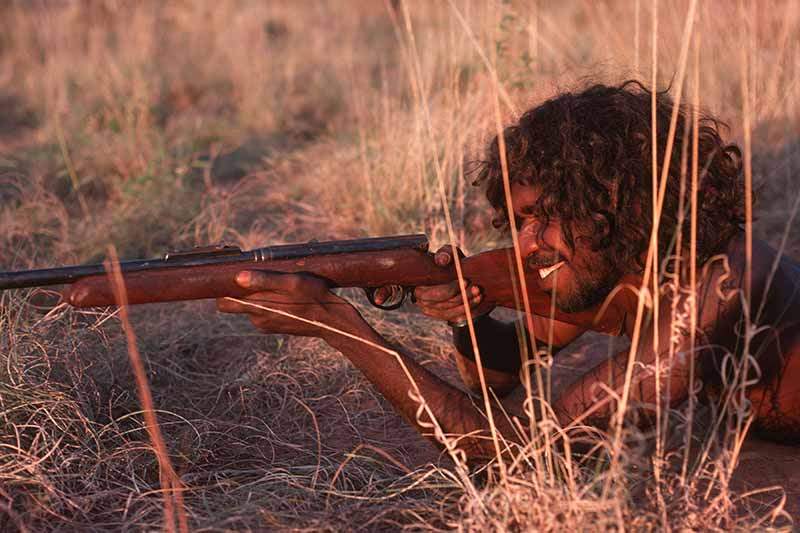
Lets again start with some definitions:
- Shotgun: Any smoothbore (non-rifled) firearm that can shoot slugs or masses of pellets at short range. Some shotguns are rifled for slugs and may be referred to as shotguns or slug guns.
- Rimfire Ammunition: a type of ammunition that uses a soft brass rim filled with primer to ignite the powder in the main cavity of the cartridge. Low pressure, usually for small caliber rifles and pistols.
- Centerfire Ammunition: A type of ammunition that uses a central primer to ignite ignite the powder in the main cavity of the cartridge. High pressure, usually for shotgun, rifle, and pistol rounds.
- Rimfire Rifle: A shoulder fired firearm that imparts spin on a projectile to increase long range accuracy.
- Shotgun Choke: A constriction at the muzzle end of the gun that tightens the pattern of pellets. The further a target is going to be, the tighter a choke you will want.
Firearm Options
Shotguns
A shotgun is an extremely versatile weapon. It can be used to hunt fast moving small game like doves and squirrels using light bird shot, it can be used to take down larger geese and turkey in flight, it can be used to hunt feral hogs and deer, it can be used as a defensive weapon and as an anti-drone weapon. They rely on dozens of pellets (round bullets) that are fired together, spreading out towards your target, increasing the chance that some of the pellets will hit your target. Shotguns come in a variety of form factors. We will look at each and examine their utility.

Single Shot Shotguns:
These shotguns are typically break open affairs that fire a single round. These can be extremely cheap, costing only $70-140.Downside is the lack of a follow-up shot and a light weight that makes the kick more perceptible.
Budget Options:
ATI Nomad SGS Single Shot, Rossi Single Shot Tuffy, Yildiz TK12, or CharlesDaly 101
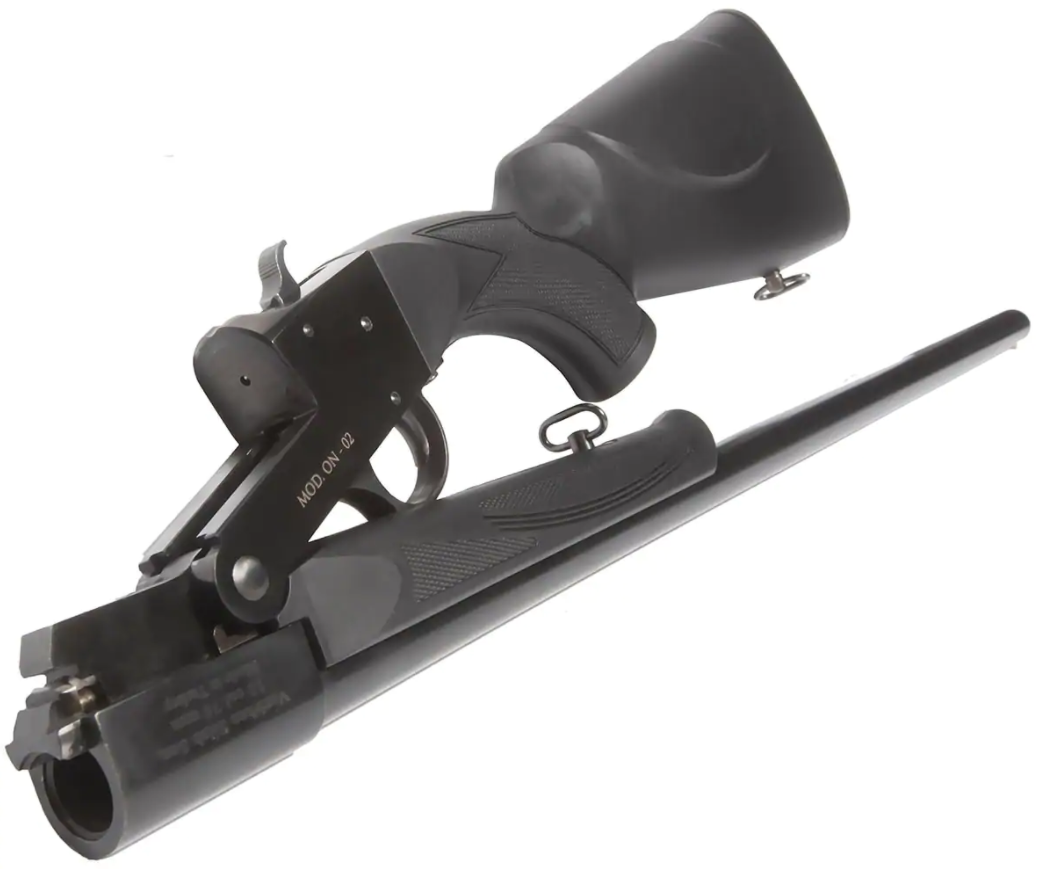

Double Barrel Shotguns:
These shotguns are typically break open affairs that fire two rounds, either side by side (SxS) or over and Under (O/U).They have either two triggers (double trigger) or one trigger that will allow you to fire both barrels, one after the other. These are perennial staple of hunters and competitors alike as they are simple, reliable, and often can be had for cheap prices. The difference between SxS and O/U is largely personal. Avoid external hammers; these are obsolescent and are more troublesome than they are worth. Avoid getting one if it would be the same cost to get a pump or semi-auto.
Budget Options:
Stoeger Uplander & Stoeger Condor


Manually Repeating Shotgun:
These shotguns operate by reloading the shotgun from a magazine using a lever action, pump action, or bolt action. These allow an extended capacity, allowing for larger volumes of fire. These are very popular choices for hunting and defensive use alike. Some feature changeable barrels, enabling the conversion of a shotgun from long bird-shot type barrel, to shorter rifled slug barrel or short defensive barrel. These are heavier, helping with recoil, but making portability a little more difficult. Additional downside is the propensity to short stroke the action under stress, meaning you eject the previously fired shell but fail to rack the action back far enough to pick up a new round. That means under stress you might hear a click when you really needed to hear a boom. Up side is you can often get combo packages that let you switch between a short defensive barrel and a longer hunting barrel. Police surplus shotguns are a good way to save money.
Budget Options:
Stevens 320, Stoeger P3000, Maverick 88, Winchester 1300, Mossberg 500
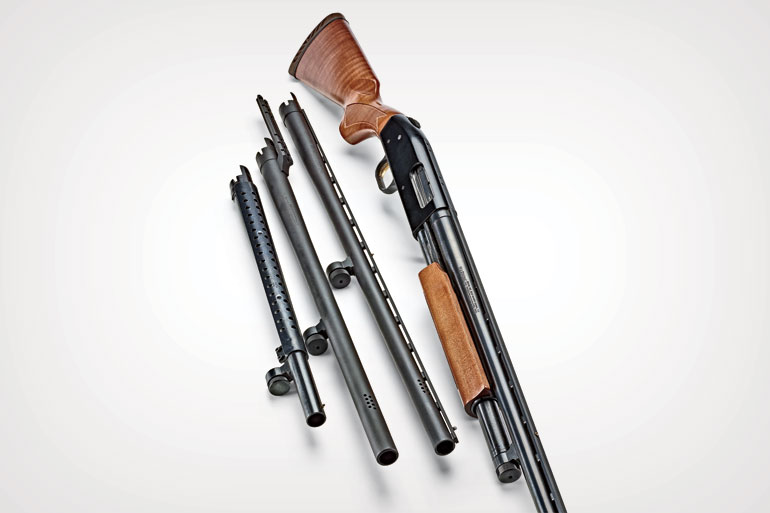
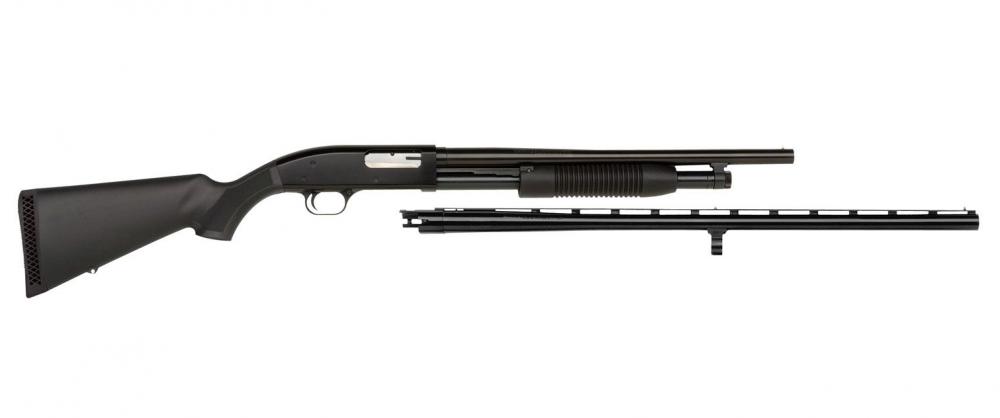
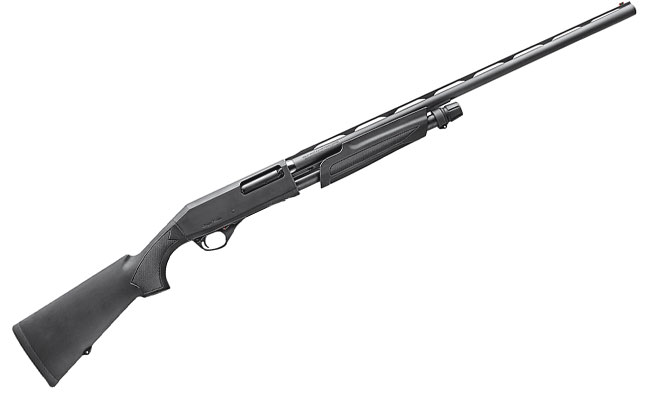

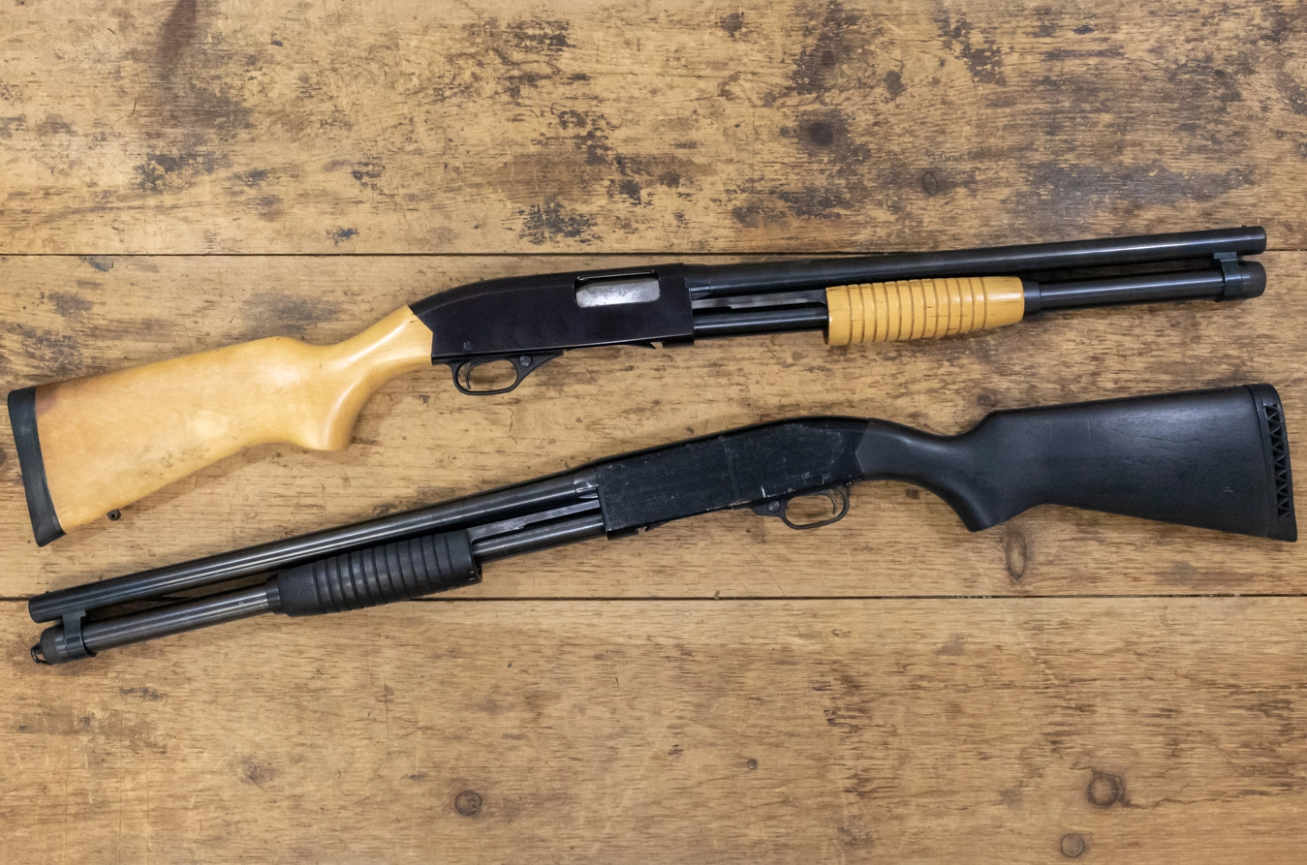
High End Options:
Mossberg 590A1, Benelli Supernova, Henry Lever Action .410 Shotgun

Semi-Automatic Repeating Shotgun:
These shotguns operate by automatically reloading the shotgun after each shot from a magazine using either recoil or gas from the fired round. These allow an larger capacity and instantaneous reloading allowing for larger volumes of fire. These are very popular choices for hunting and defensive use alike. These help with making recoil feel softer, with gas operated guns having some of the softest recoil of the shotgun types. There are hunting specific shotguns, defense specific, and competition. Finding a compromise that will cycle all types of ammunition reliably is the most important factor to look for in a semi-auto. These are modern, but reliable semi-autos are generally the most expensive.
Budget Options:
Tri-Star Viper G2, Stoeger M3000 & M3500

High End Options:
Beretta 1301 Tactical (2nd Gen with Chokes), Benelli M3 & M4, Saiga 12, Vepr 12 Shotgun
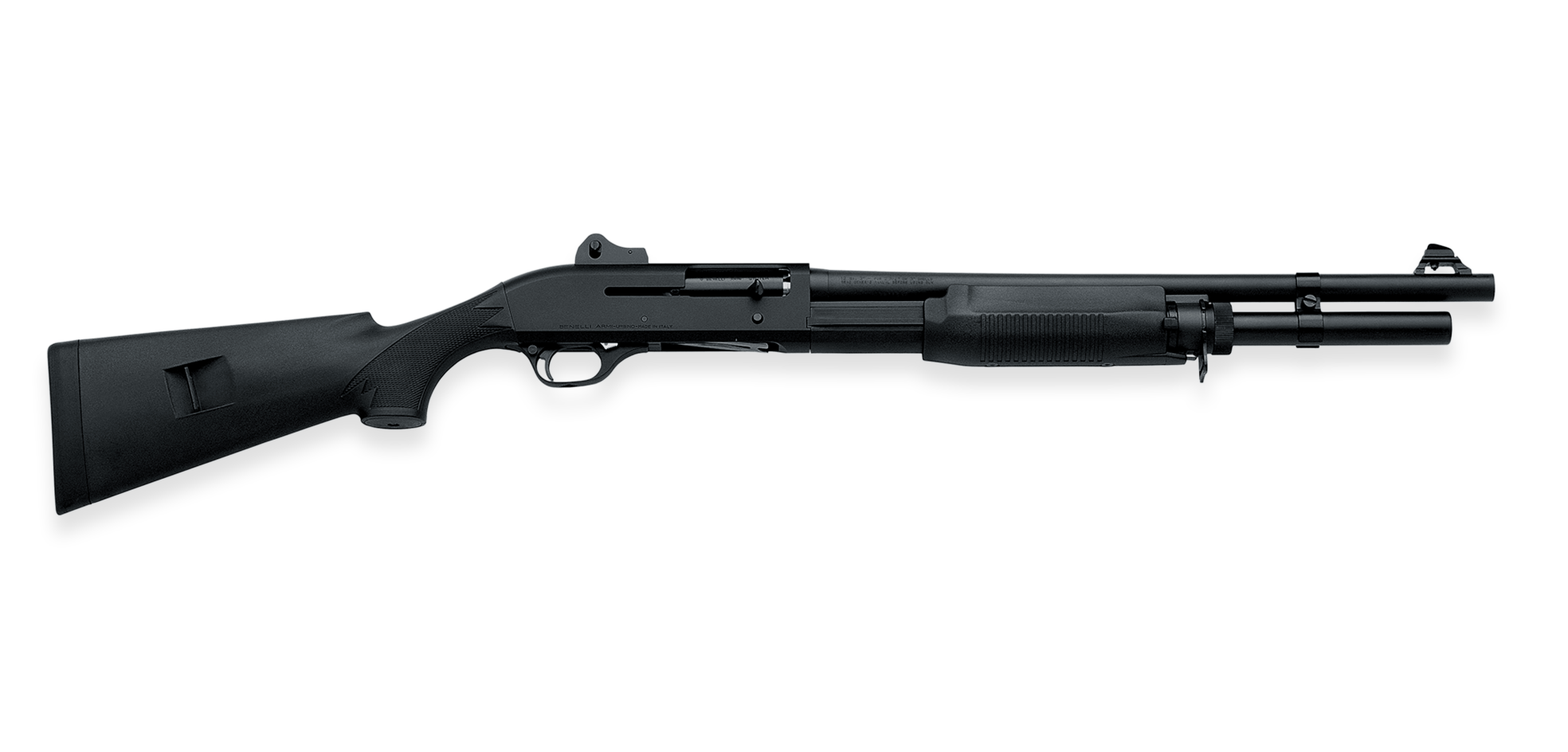
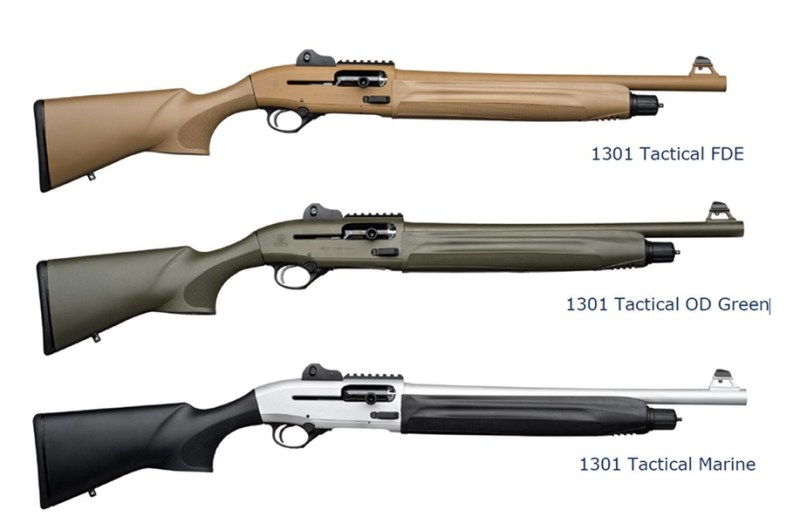
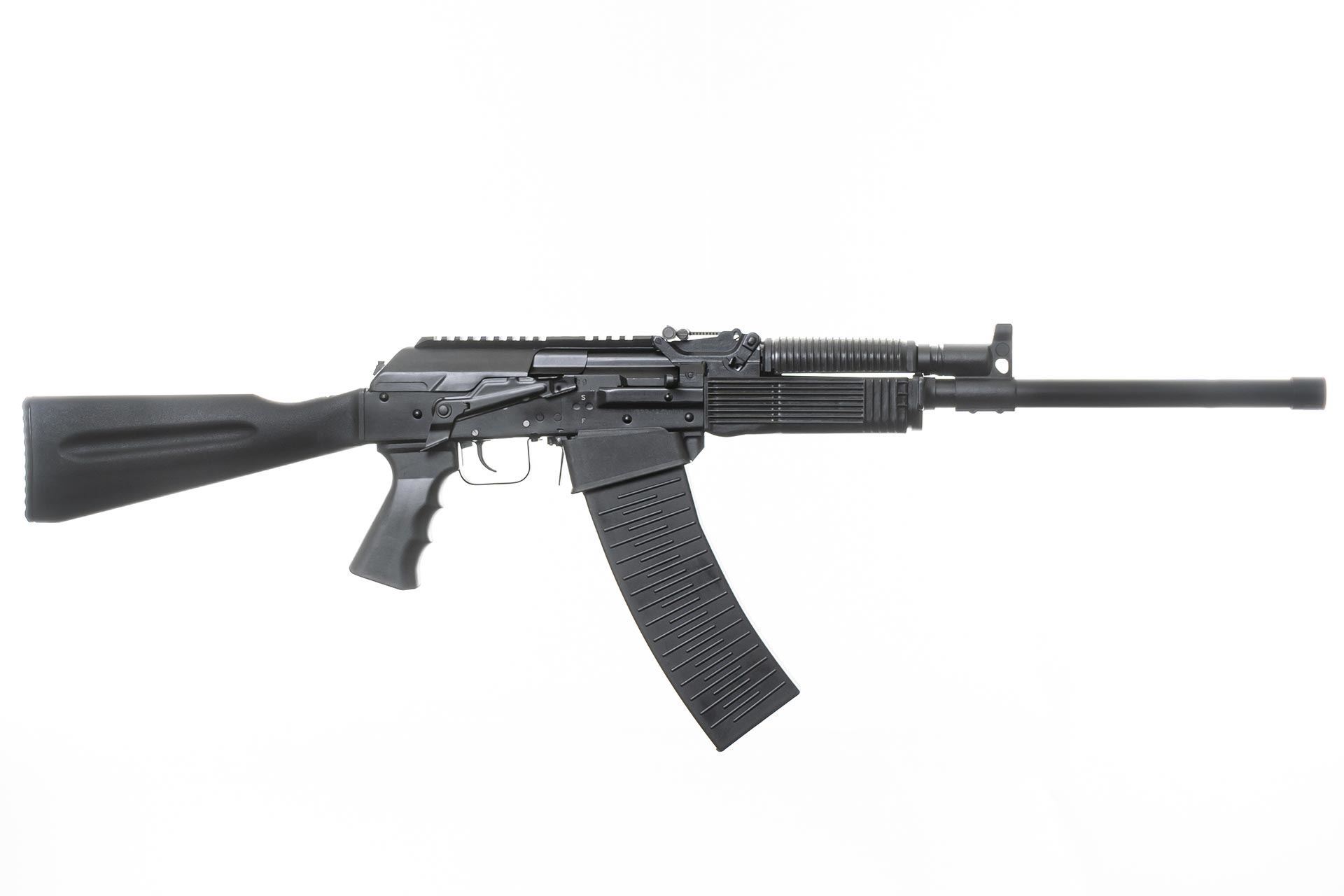
Shotgun Gauges:
Shotgun Ammunition is measured in gauges. Gauge is an archaic term used to describe the diameter of the bore (the inside of a barrel).We will examine the three most popular gauges, their benefits, downsides, uses:
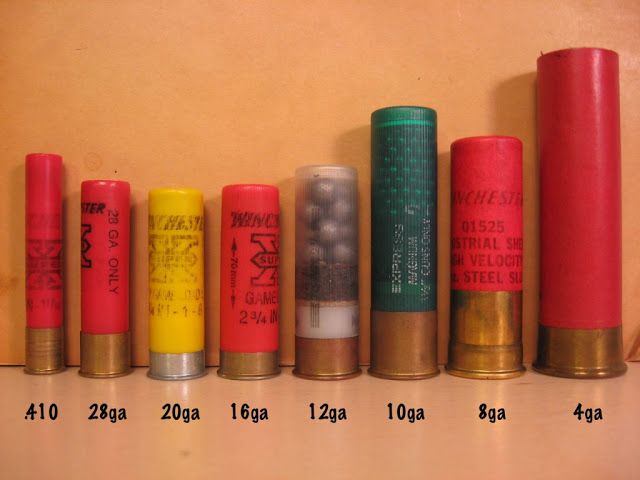
12 Gauge is by far the most versatile gauge for a shotgun. For recoil-sensitive people, 12ga is available in low recoil bird shot, turkey shot, buckshot, and even slugs. For recoil resistant people, 12ga in a 3.5â€length can replicate the payloads of even 10 gauge for higher altitude waterfowl hunting, hunting of large game, and drone interdiction. 12 gauge is often available when other gauges are sold out. It is an all-around solid pick.
10 Gauge is too limited in its use and is heavy.
20 gauge is good, common, and an excellent choice if only to be used by a recoil sensitive person or a person of small stature / body weight.
The smallest common shotgun cartridge, .410, is a great choice for small game like squirrels, small birds, rabbits, and prairie dogs. It is very limited in its use, but it is light weight both in weapon and ammo. A good small single or double shot could be packed for long distances without weighing you down or forcing you to choose between a shotgun and a primary firearm, like an AR.
All of these come in different shell lengths. The barrel of your shotgun will list the maximum length shell your shotgun will take. If it says 3″ for example, it will take both 3 inch as well as the shorter 2.75 inch shells. However, It will not take 3.5 inch shells; those are too long for a 3 inch chamber.
Shot Size:
Shot size for your shells should be selected based on the target of your game. Shot is measured by size with tha largest number meaning the smallest shot and lower numbers meaning larger shot size.
Small shot like #7 should be used for small game like squirrels and small birds. Medium Shot like #5, #4, and #3 should be used for medium to large birds like duck, geese, turkey, coyotes. Large shot like #1, 0, 00, and 000 should be used for larger game like deer, hogs, and for defense. Slugs are great for hunting large game as well, all the way up to moose.
Rimfire Rifles:
Rimfires fill a similar niche to the .410 shotgun as a small game firearm. The are extremely light, can be easily silenced, and thousands of rounds of ammo can be packed without weight becoming an issue. They additionally can be used for marksmanship training or practice, again, silently, allowing for subsistence without alerting people to your presence or position. The downside is simply that it requires better marksmanship to reliably hit game. Rimfire rifles come in a variety of calibers, with 22 Long Rifle (LR) and 22 Winchester Magnum Rimfire (WMR) being the most common. 22LR is the most common and has a variety of common rifles and pistols built for it. The top choices for these firearms are the following:
Ruger 10/22 Takedown disassembles to a very small size and packs easily. Make sure you get a threaded muzzle if you want to suppress it. Magazines of a variety of capacities are available. Some models allow for the storage of three additional magazines in the buttstock. These are reliable rifles with extremely good parts availability. Available in stainless steel for corrosion resistance. Weighs 4.5 lbs.
Marlin 70 PSS Takedown disassembles to a very small size and packs easily. Made from stainless steel and nickel coated to provide corrosion resistance. No Threaded barrel. Much less common than the Ruger. Buy if you can find a good deal on a used one, but only if cheaper than a 10/22. Weighs 3.25lbs.
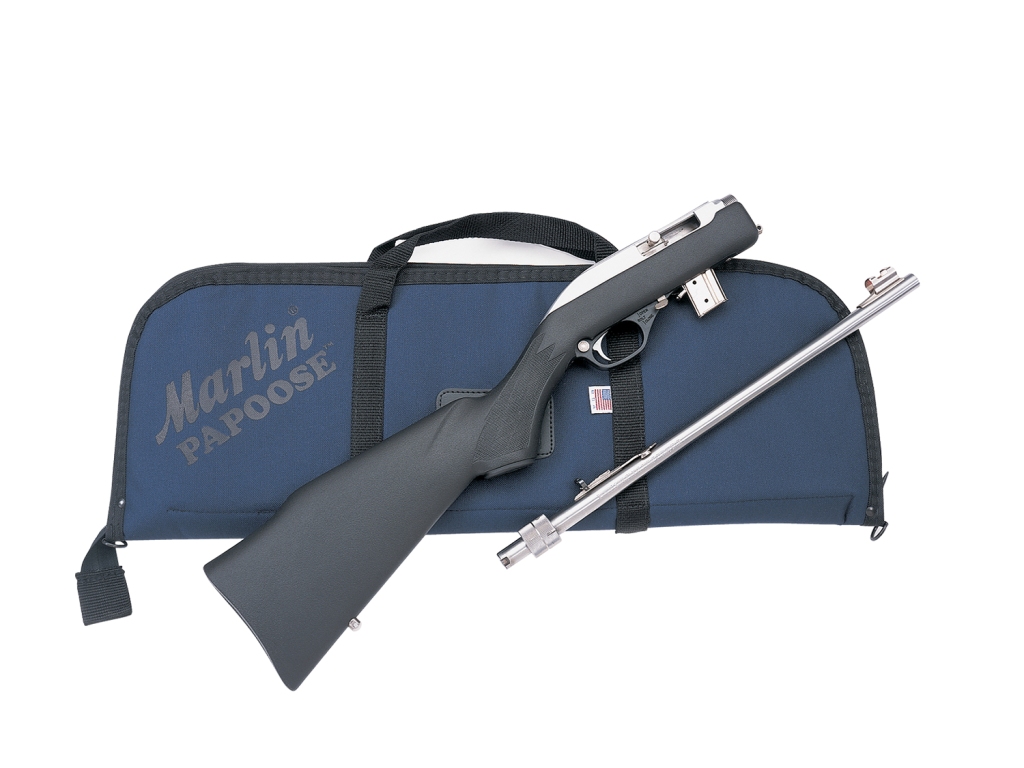
Ruger’s American Rimfire is a bolt action, providing even more quiet suppression. Reliable and widely available. This rifle is very accurate but is not collapsible. Weighs 5.9 lbs.
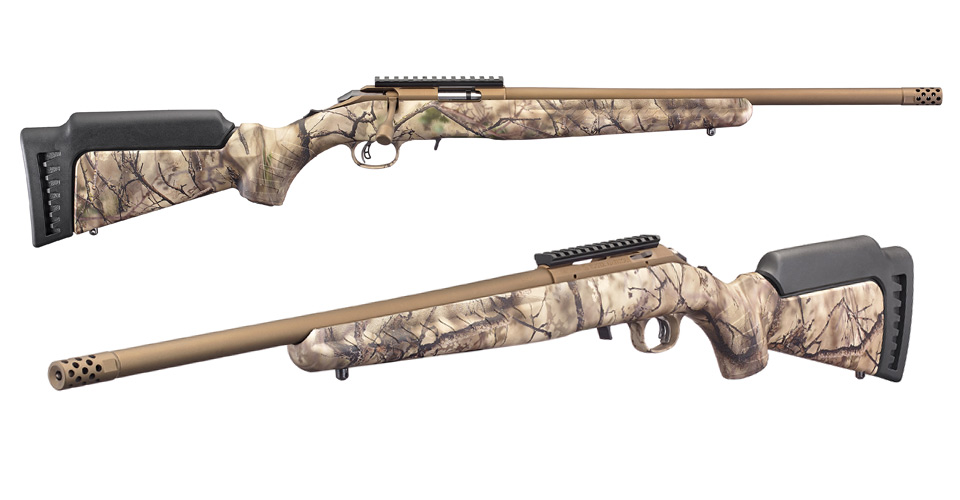
Chiappa’s Little Badger Survival Rifle has a threaded barrel, breaks down to 17 inches, is extremely light weight, can mount a red dot, the buttstock has a built-in shell holder, and is available new for just over ~$200. Best option for keeping the weight down. Weighs 2.9 lbs.
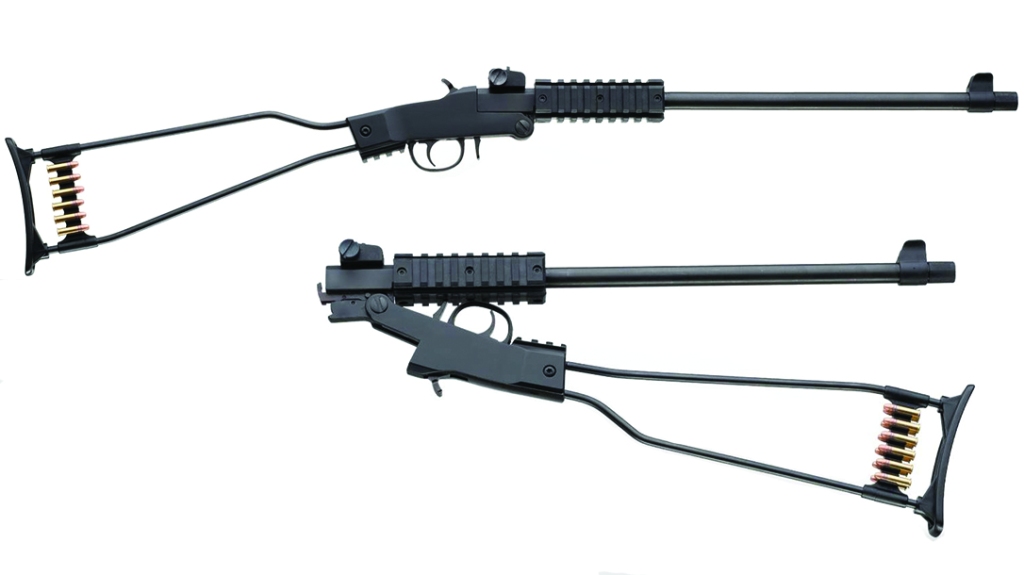
Combo Guns & Drillings:
Combo guns offer the advantage of firing both rimfire and shotgun ammunition with the same firearm. Drillings also can be found from Europe on the used market offering rimfire, shotgun, and high-power rifle in one hunting firearm. These have been go to survival rifles for over a hundred years because of their versatility. Here is our top option:
Chiappa M6
The Chiappa M6 folding survival gun based on the original M6 survival rifle, and today is available in 12ga/.22LR, 12ga/.22WMR, 20ga/.22LR or 20ga/.22WMR combinations. All new models have interchangeable choke tubes. Barrels can be fired quickly and selectively, each having its own trigger. Picatinny rails on the top allow for mounting optics. The skeletonized metal buttstock surrounds a foam insert is designed to hold three 12 gauge shells and five .22 rimfire cartridges. A cleaning kit that stores neatly in the stock is included. Available adapters also allow the 12ga versions to shoot 380 ACP, 9mm, 357MAG/38SPL, 40 S&W, 44 Mag, 45 ACP, .410/45COLT, and 20ga. Durable and proven. Costs around $600.00 & weighs 5.8 lbs.

Conclusion:
As with anything, practice is the most important thing you can do. Pick something and get really good with it. Use it to hunt. Practice field dressing. Practice carrying it with you in your pack while outdoors. Become a good hunter by ethically hunting. Thank the animals you take and enjoy building a connection with the natural world. The firearm is but a tool that will open a world of survival, earth relations, and animal relations to you if you do your best to approach it with patience, humility, and respect.
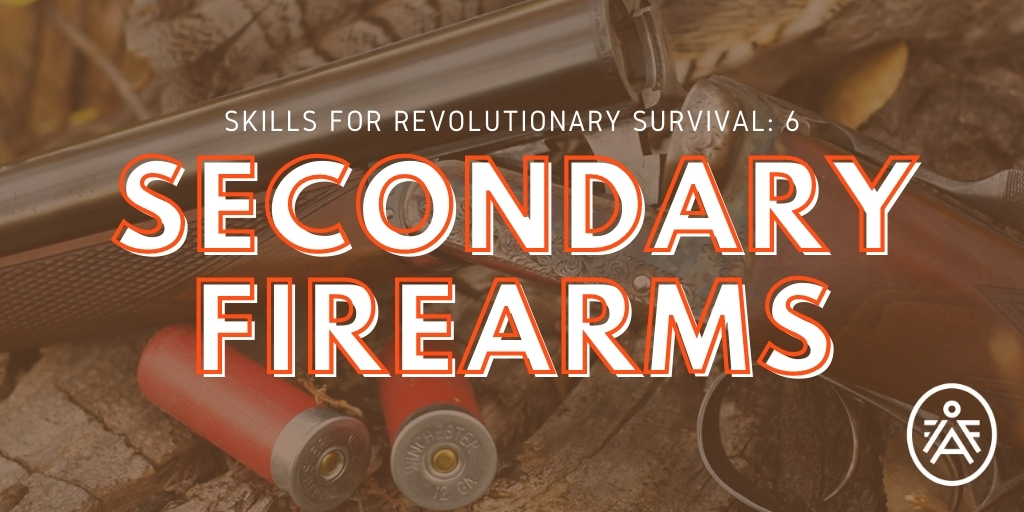

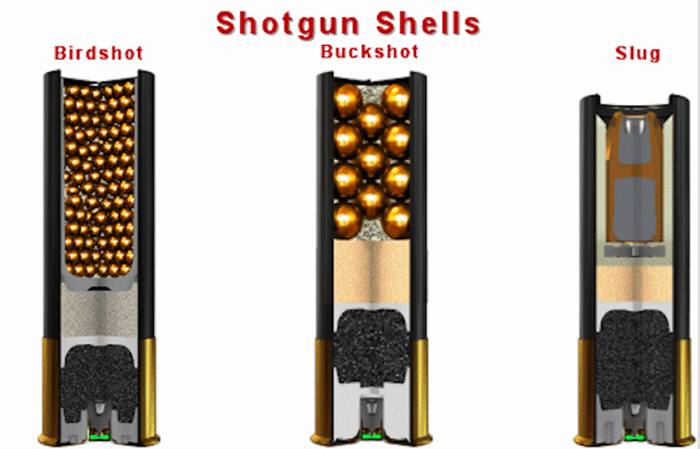
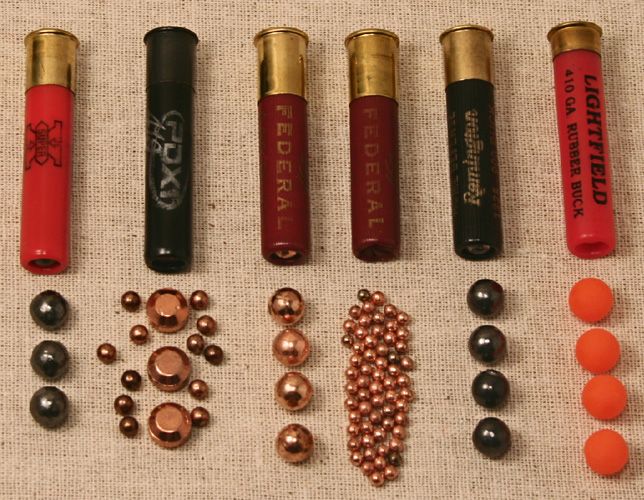

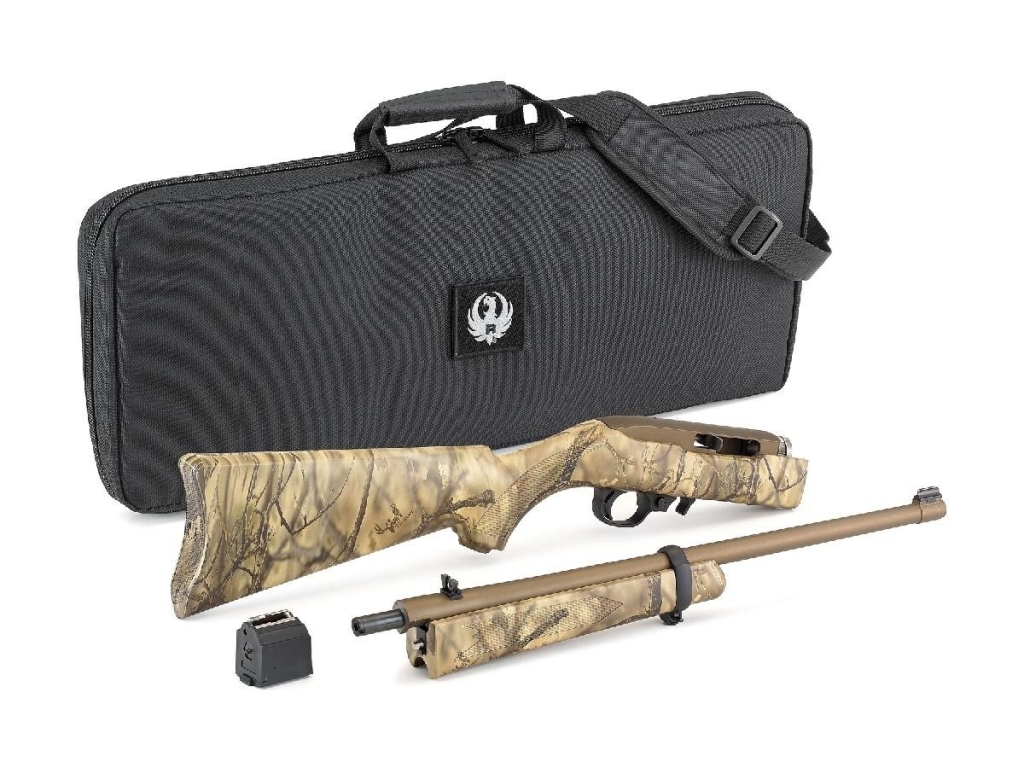
One thought on “Skills for Revolutionary Survival: 6. Secondary Firearms”
Comments are closed.